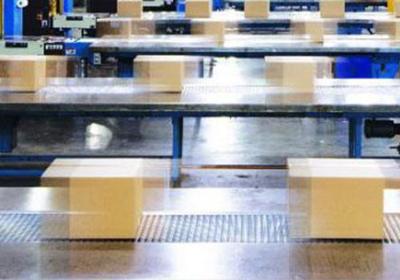Posted On
Business Unit
Types of Automated Labeling Systems
Semi-Automated Label Applicators
Require an operator to load products and initiate the labeling process. They apply pre-printed labels only, can be used for various product shapes, and can be integrated with existing production lines. Most affordable labeling method, but slower due to manual processes.
Automated Label Applicators
Operate with minimal human intervention, require pre-printed labels; automatically feeding, applying, and moving products along the production line. Can be integrated with conveyors and existing systems. Suited for high-volume environments prioritizing speed and accuracy.
Semi-Automated Print & Apply Systems
Require manual product placement or positioning. They offer flexibility for varied product types or label sizes, as changes can be made more easily. They are generally less expensive to implement initially but are slower due to manual steps.
Automated Print & Apply Systems
Operate with minimal human intervention, automatically feeding, printing, labeling, and moving products along the production line. Ideal for high-volume environments prioritizing speed and efficiency.
Benefits of Automated Label Applicator Systems
Operations with medium-size batches and situations where production volumes vary—such as product labeling, compliance and tamper-evident labeling in cosmetics and personal care, food and beverage, pharmaceuticals, manufacturing, logistics, and textiles—can gain the flexibility they need to accommodate industry requirements.
Benefits of Automated Print and Apply Systems
Industries with high-volume or variable data labeling needs—such as food and beverage, pharmaceuticals, consumer goods, warehousing, distribution, 3PL providers, e-commerce, and compliance-driven sectors—can significantly boost productivity with these systems.
Is an Automated Labeling System Right for You?






